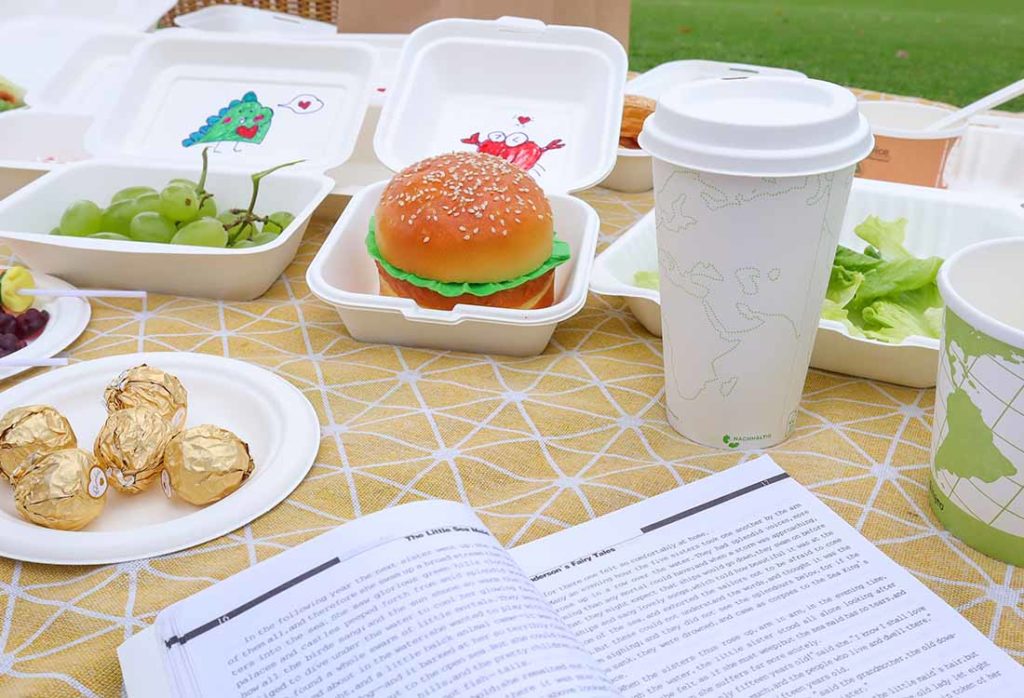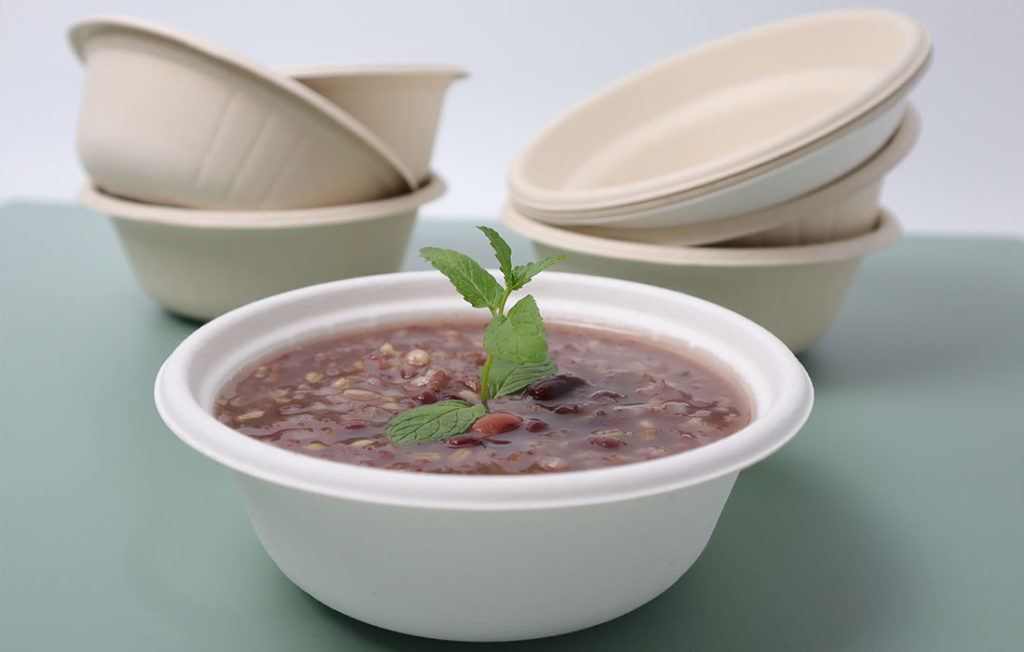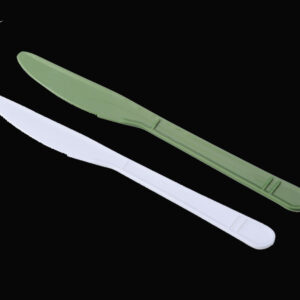In today’s rapidly evolving sustainability landscape, businesses and consumers increasingly seek eco-friendly alternatives to traditional plastic packaging. Corn starch packaging has emerged as a frontrunner among these alternatives, offering many benefits surpassing traditional plastics. Let’s delve into the various aspects of corn starch packaging to understand why it’s considered a sustainable solution for the future.
Environmental Benefits of Corn Starch Packaging
Corn starch packaging, derived from a renewable resource such as corn, significantly reduces our reliance on finite fossil fuels. This inherently makes it a more environmentally friendly option than traditional plastics derived from non-renewable sources. Additionally, the biodegradable nature of corn starch packaging ensures that it breaks down quickly, minimizing waste accumulation in landfills and contributing to a healthier planet.
A study published in the 《Journal of Cleaner Production》 found that corn starch packaging can reduce greenhouse gas emissions by up to 65% compared to traditional plastics, showcasing its significant environmental impact. Furthermore, research conducted by the European Bioplastics Association highlights the role of corn starch packaging in reducing the consumption of finite resources, such as crude oil, thus aiding in environmental conservation efforts.
Biodegradability and Compostability of Corn Starch Packaging
One of the critical advantages of corn starch packaging is its biodegradability. When disposed of properly, corn starch packaging undergoes degradation through natural processes, such as microbial action, ultimately breaking down into harmless compounds. This starkly contrasts conventional plastics, which can persist in the environment for hundreds of years, causing irreparable harm to ecosystems.
Studies have shown that corn starch packaging can completely biodegrade within 180 days under composting conditions, significantly reducing the burden on landfills and promoting a circular economy. This inherent biodegradability minimizes environmental impact and aligns with modern-day sustainability goals.
Reduction of Plastic Waste through Corn Starch Packaging
The prevalence of plastic waste has reached alarming levels, posing a grave threat to marine life, terrestrial ecosystems, and human health. Corn starch packaging offers a viable solution to this burgeoning problem by providing a biodegradable alternative that minimizes reliance on conventional plastics. By embracing corn starch packaging, companies can play a pivotal role in reducing plastic waste and safeguarding the environment for future generations.
Economic Benefits of Corn Starch Packaging
In addition to its environmental advantages, corn starch packaging offers compelling economic benefits for businesses. While initial costs may be slightly higher than traditional plastics, the long-term savings and potential for brand differentiation make it a sound investment. According to a report by Grand View Research, the global biodegradable packaging market is projected to reach USD 21.74 billion by 2025, driven by increasing consumer demand for sustainable packaging solutions. Companies that adopt corn starch packaging can enhance their brand image and appeal to environmentally-conscious consumers, thereby gaining a competitive edge in the market.
Versatility and Durability of Corn Starch Packaging
Contrary to misconceptions, corn starch packaging exhibits remarkable versatility and durability, making it suitable for various applications. Whether it’s food, beverages, cosmetics, or electronics, corn starch packaging can be tailored to meet diverse packaging needs. Its ability to be molded into different shapes and sizes ensures optimal protection for packaged goods while offering aesthetic appeal without compromising functionality.
Comparison with Traditional Packaging Materials
The former’s superiority becomes evident when comparing corn starch packaging with traditional packaging materials. While traditional plastics are derived from finite fossil resources and pose significant environmental hazards, corn starch packaging offers a sustainable alternative that aligns with modern-day sustainability goals. The production of traditional plastics consumes vast amounts of energy and generates greenhouse gas emissions, exacerbating climate change and environmental degradation. In contrast, corn starch packaging boasts a closed-loop lifecycle, wherein it can be produced, used, and disposed of in an environmentally responsible manner, thereby minimizing its ecological footprint.
Challenges and Limitations of Corn Starch Packaging
Despite its numerous benefits, corn starch packaging faces obstacles to widespread adoption. Factors like technological constraints and consumer perceptions hinder implementation. Mechanical properties like tensile strength and moisture resistance may not always meet industry requirements, limiting usability. Consumer education is vital to dispel misconceptions about performance and cost, encouraging broader acceptance of this sustainable alternative.
Conclusion
In conclusion, corn starch packaging emerges as a sustainable solution with multifaceted benefits, ranging from environmental conservation to economic prosperity. We can pave the way for a greener, healthier future by harnessing nature’s bounty. It’s time for businesses and consumers to embrace corn starch packaging as a catalyst for positive change and lead the transition towards a more sustainable society.










